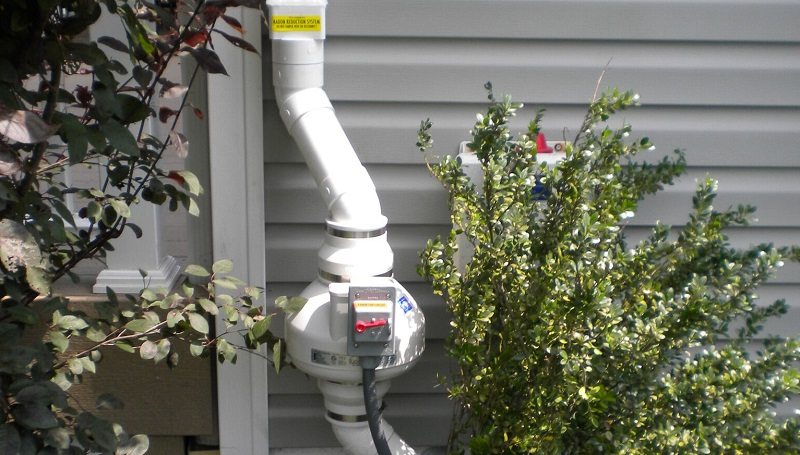Do Passive Radon Mitigation Systems Work?
 Passive radon mitigation systems have become a common feature when a new home is being built, but do these systems work? In short, yes, passive radon mitigation systems work and can be effective at removing radon gas from homes. But passive mitigation systems have some drawbacks with regards to their effectiveness. To reduce radon in your home most effectively, you will need to understand how passive radon systems work.
Passive radon mitigation systems have become a common feature when a new home is being built, but do these systems work? In short, yes, passive radon mitigation systems work and can be effective at removing radon gas from homes. But passive mitigation systems have some drawbacks with regards to their effectiveness. To reduce radon in your home most effectively, you will need to understand how passive radon systems work.
What Are Passive Radon Mitigation Systems?
Passive radon mitigation systems are radon remediation methods that remove radon from your home through natural, or “passive” methods. The systems use air pressure differentials and natural airflow to vent the radon gas out of your home. The lack of a fan pushing the radon out is what makes these systems passive rather than active. This passive method of removing radon gas does work but has some drawbacks when compared to active systems.
What Are The Issues of Passive Radon Mitigation Systems?
While passive radon mitigation systems do work, passive systems can struggle when dealing with large amounts of radon. Passive systems can only properly deal with low levels of radon. An active radon mitigation system, on the other hand, can remove higher amounts of radon from your home.
Eliminating large amounts of radon is an especially important issue if you live in a home or region with elevated radon concentration levels. Because of the problems presented by high levels of radon gas, you should get your home tested regularly even if you have a passive mitigation system built-in.
Passive mitigation systems are also prone to inconsistent performance. Because of their passive construction, passive radon mitigation systems rely on far more variables, such as airflow and air pressure than active systems. The reliance on more variables means that any changes in those variables cause more changes in performance. When dealing with radon gas, consistent performance is vital.
Call Radon-Rid, LLC for Certified Radon Testing and Remediation
The first step in knowing if your home is safe from radon is testing. Because radon is undetectable by human senses, the only way to know if you are being exposed to radon is to test your home. Testing is also essential to know the full extent of radon concentration in your home. Regular home testing, every two years or so, will give you enough time to reduce radon levels to acceptable levels before you and your family have too much exposure. To have your passive radon mitigation systems inspected or to test your home for radon, contact Radon-Rid, LLC today.
Related Posts
Why Are More People Testing for Radon in 2020?
Why Should I Hire a Professional Radon Testing and Remediation Company?
Is Radon Testing Necessary When Buying A Home?
We Want to Help
"(required)" indicates required fields
Categories
- Blog (48)
- Environmental Pollution (2)
- Family Health (9)
- In the News (10)
- Lung Cancer (5)
- Radon Remediation (10)
- Radon Testing (24)
Radon – The Silent Killer
Radon In Your Home
- Learn More About Radon Levels in Your County
- Take a few minutes to browse our Get To Know Radon Online Presentation.
- When you are finished, be sure to tell a loved one about our testing programs offered in Berks, Chester, Delaware, Lancaster, Montgomery & Philadelphia Counties.